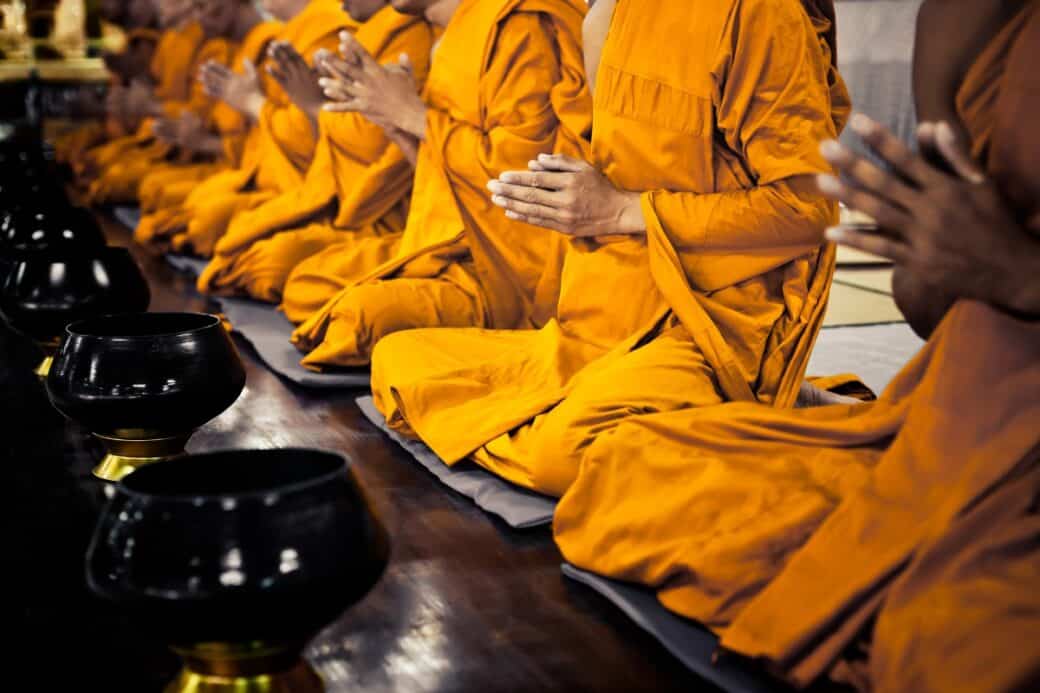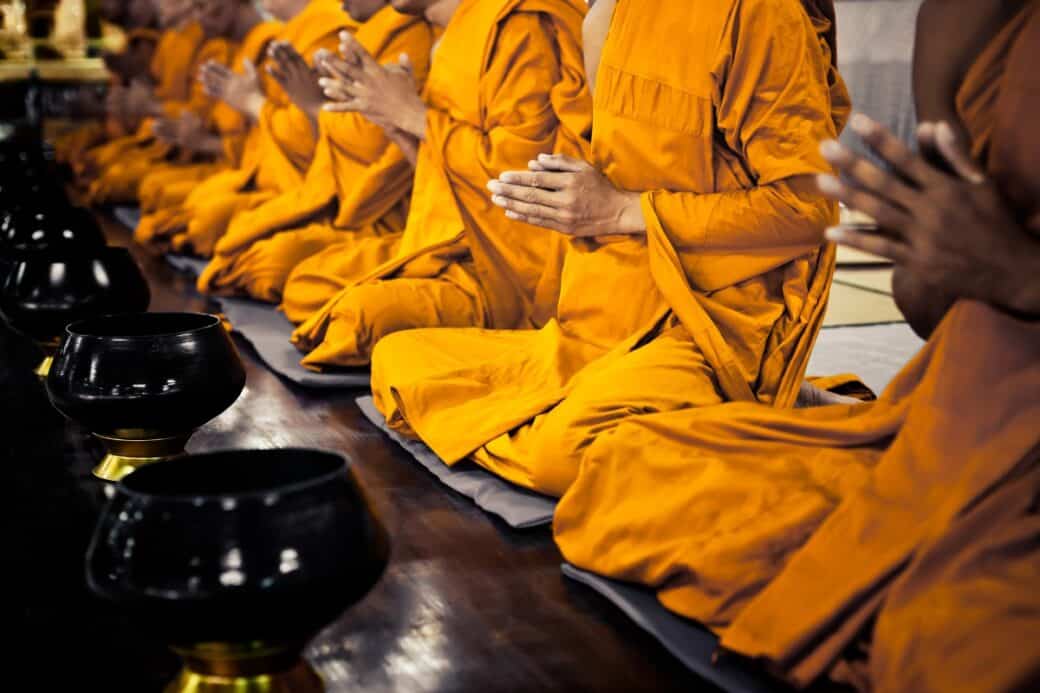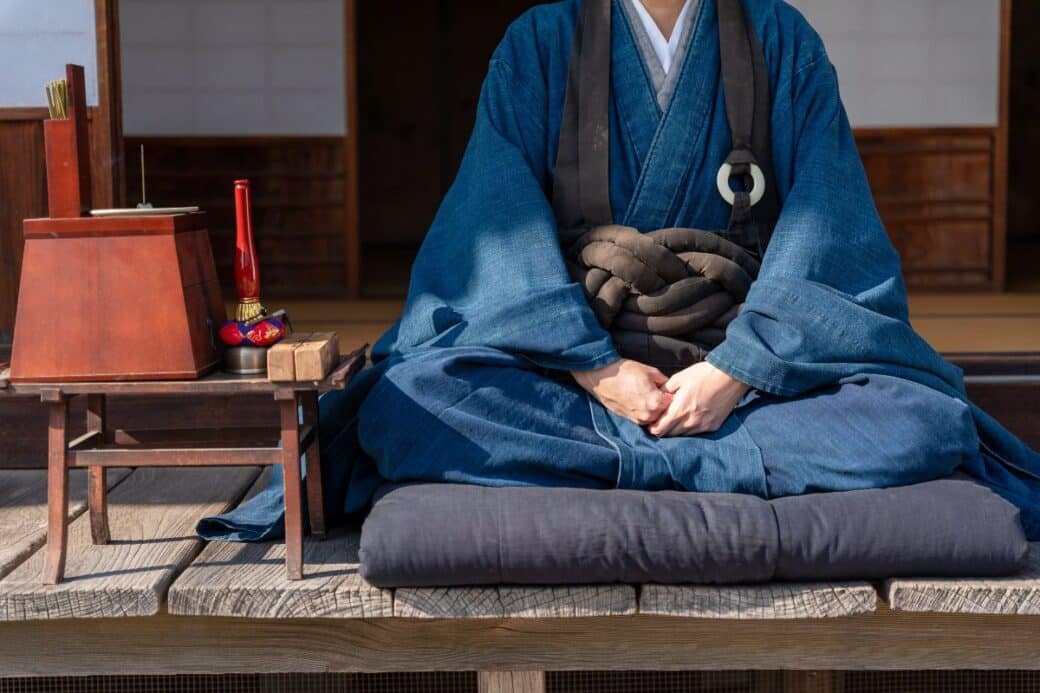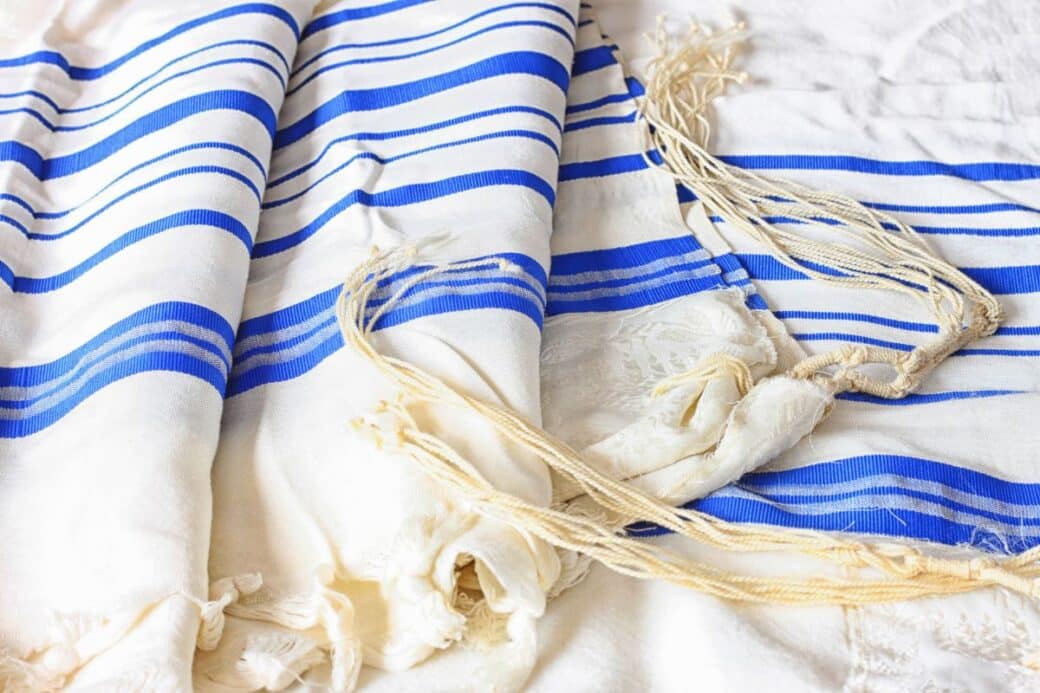Congratulations on your interest in learning more about the fascinating world of Buddhism! In this article, we will explore the buddhist dress code and unravel its significance in this ancient spiritual practice. By gaining a deeper understanding of the attire expected by Buddhist practitioners, you will not only enhance your cultural knowledge but also appreciate the profound symbolism behind their clothing choices. So, let’s embark on this enlightening journey together and uncover the secrets of the Buddhist dress code!

Buddhist Dress Code: Buddhist Dress Code: An Overview
The Buddhist dress code is an important aspect of the religion, reflecting the principles and teachings of Buddhism. It encompasses various aspects such as attire for monks and nuns, the wearing of religious symbols, rules for lay Buddhists, funeral dress codes, clothing during meditation, wedding dress codes, the role of clothing in rituals, modern interpretations and adaptations, and the ethics of modesty.
Origin and significance of the Buddhist dress code
The dress code in Buddhism has its roots in the teachings of the Buddha. The original purpose was to denote the renunciation of worldly attachments and symbolize simplicity and humility. The dress code is an external manifestation of an individual’s commitment to the Buddhist path and serves as a reminder of the impermanence and transience of life.

Religious and cultural variations in Buddhism
Buddhism is a diverse religion with different cultural and regional variations. As a result, there are variations in the dress code among different Buddhist traditions and sects. For example, Tibetan Buddhist monks wear red robes, while Thai Buddhist monks wear saffron-colored robes. These variations not only reflect regional traditions but also cultural differences and historical factors.
Attire of Buddhist Monks and Nuns
The Robes: Purpose and Symbolism
The robes worn by Buddhist monks and nuns hold deep significance in their practice. They serve practical purposes such as protection from the elements, but they also symbolize detachment from material possessions and a way of life centered on spiritual pursuits. The simplicity of the robes represents the renunciation of worldly desires and the pursuit of enlightenment.
The colors of the robes: What they mean
The colors of the robes worn by Buddhist monks and nuns vary across different traditions. The most common colors are saffron, maroon, and brown. These colors hold symbolic meaning, with saffron representing purity and the renunciation of worldly desires, maroon representing the color of blood and the eradication of negative emotions, and brown symbolizing humility and simplicity.
The role of attire in maintaining monastic vows
The attire of Buddhist monks and nuns plays an important role in maintaining their monastic vows. The simplicity and modesty of their clothing remind them of their commitment to renounce worldly attachments and live a life dedicated to spiritual practice. The robes serve as a constant reminder of their monastic duties and help them stay focused on their path towards liberation.

Wearing of Religious Symbols
Significance of religious amulets and jewelry
In Buddhism, religious symbols such as amulets and jewelry hold significance as objects of devotion and protection. These symbols are believed to possess spiritual powers and provide blessings and guidance on the spiritual path. Wearing religious symbols serves as a reminder of the teachings and values of Buddhism, and it is seen as a way to establish a connection with the divine.
Usage and interpretation across different sects
The usage and interpretation of religious symbols vary across different Buddhist sects. For example, in Tibetan Buddhism, the wearing of protective amulets called “Gau” is common, while in Zen Buddhism, minimalism and simplicity in attire are emphasized. The choice to wear religious symbols is often a personal decision influenced by cultural and regional traditions within a specific Buddhist sect.
Rules for Lay Buddhists
Precepts for Buddhist laity regarding clothing
Lay Buddhists, those who have not taken monastic vows, also have guidelines regarding clothing. The precepts for lay Buddhists encourage modesty, simplicity, and non-attachment to material possessions. Lay Buddhists are advised to choose clothing that does not attract attention or promote vanity. Clothing should be practical, non-revealing, and suitable for the occasion or environment.
Dressing for temple visits and religious ceremonies
When visiting Buddhist temples or attending religious ceremonies, it is respectful to dress in a manner that reflects the reverence and seriousness of the occasion. Modest and conservative attire is recommended, avoiding clothing that may be considered inappropriate or disrespectful. It is advisable to cover the shoulders, chest, and legs, and to remove shoes before entering temples or sacred spaces.

Buddhist Funeral Dress Code
The traditional dress for mourners
In Buddhist funerals, the dress code for mourners varies across different cultures and traditions. However, it is generally expected to wear somber and modest clothing as a sign of respect for the deceased and their family. Dark colors such as black or gray are commonly worn, and flashy or extravagant attire is discouraged.
The symbolism behind the attire
The attire worn during Buddhist funerals symbolizes the impermanence of life and the transitory nature of human existence. By dressing in somber and muted colors, mourners acknowledge the solemnity of the occasion and express their respect for the deceased. The simplicity of the clothing also reflects the Buddhist belief in the unimportance of material possessions in the face of death.
Clothing During Buddhist Meditation
Prescribed clothing for meditation
During Buddhist meditation, practitioners are advised to wear comfortable and loose-fitting clothing that allows for ease of movement and mental focus. The clothing should not constrict the body and should be made of breathable materials. This helps create a conducive environment for meditation practice, allowing practitioners to sit comfortably for extended periods without distractions.
Symbolism and spiritual significance of meditation attire
The clothing worn during meditation carries symbolic and spiritual significance. Loose and comfortable clothing symbolizes a relaxed and open state of mind, free from physical and mental hindrances. By wearing appropriate attire, practitioners create a conducive environment for deepening their meditation practice and cultivating qualities such as mindfulness, concentration, and equanimity.
Buddhist Wedding Dress Code
Traditional wedding attire for couples
Buddhist wedding attire varies across different cultures and traditions. In some traditions, couples may choose to wear traditional garments such as the traditional Vietnamese Ao Dai or the traditional Japanese wedding kimono. The choice of attire often reflects cultural heritage, and the garments may hold symbolic meanings associated with love, unity, and the harmonious start of married life.
Dress code for guests attending a Buddhist wedding
Guests attending a Buddhist wedding are expected to dress in a respectful and modest manner. It is important to consider the cultural and religious significance of the occasion and choose attire that reflects reverence and honor towards the couple. Guests should avoid wearing revealing or flashy clothing, as it may be seen as disrespectful or inappropriate.
The Role of Clothing in Buddhist Rituals
Ritualistic significance of robes and other clothing
In Buddhist rituals and ceremonies, specific robes and clothing may be worn to symbolize the role of the participants and their connection to the divine. These garments may be adorned with intricate patterns, colors, or symbols that carry spiritual significance. The clothing serves as a visual representation of the ceremony’s purpose and enhances the spiritual ambiance of the ritual.
Use of specific attire during various ceremonies and rites
Different ceremonies and rites within Buddhism may require participants to wear specific attire. For example, in ordination ceremonies, robes and garments are worn to mark the transition from lay life to monastic life. These specific garments not only distinguish the participants but also symbolically represent their commitment to the Buddhist path. Likewise, in rituals such as prayer ceremonies or festival celebrations, participants may wear specific clothing that aligns with the purpose and symbolism of the event.
Modern Interpretations and Adaptations
Changes in Buddhist dress code over time
As Buddhism has spread to different regions and cultures, the dress code has undergone changes and adaptations. The ways in which practitioners dress have been influenced by cultural norms and practical considerations. While the core principles of modesty and simplicity are still upheld, there is now a diversity of styles and variations in Buddhist attire, reflecting the modern world and the needs of practitioners.
Adaptations in the western world and beyond
In the Western world and other non-Buddhist regions, the Buddhist dress code has been adapted to suit the cultural context. For example, western Buddhists may choose to wear clothing that is comfortable and practical for daily life while still embodying the principles of modesty and simplicity. The adaptation of the dress code allows individuals to integrate their Buddhist practice into their everyday lives without feeling disconnected from their cultural and social surroundings.
Ethics of Modesty in the Buddhist Dress Code
Concept of modesty in Buddhism
Modesty is an important ethical principle in Buddhism, guiding practitioners to avoid arrogance, vanity, and attachment to material possessions. Modesty extends beyond personal behavior to include clothing choices. Modest attire demonstrates humility and respect for oneself and others, recognizing the impermanence of worldly appearance and valuing inner qualities over external appearances.
How modesty shapes Buddhist dress code
The concept of modesty shapes the Buddhist dress code by encouraging practitioners to choose clothing that is not extravagant, revealing, or ostentatious. By adopting modest attire, Buddhists cultivate a mindset of simplicity, contentment, and non-attachment. Modesty also promotes a sense of equality and non-discrimination, as individuals are encouraged to dress in a way that does not create divisions or elicit comparison among people.




